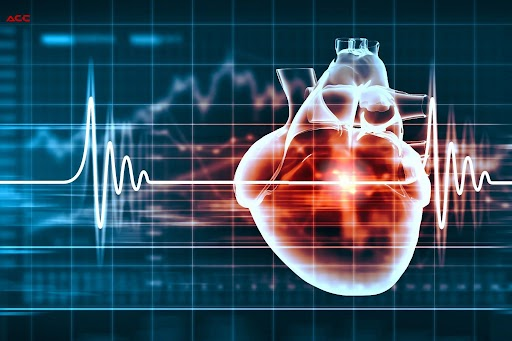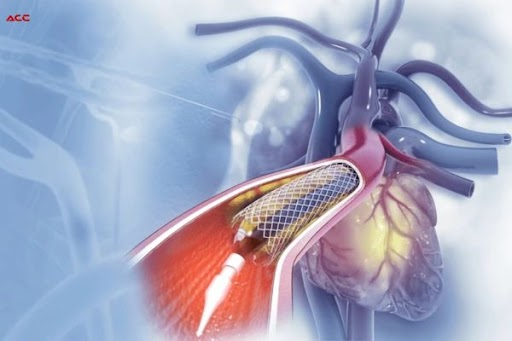
Introduction to Cardiovascular Surgical Techniques
Cardiovascular surgical techniques have been introduced to address complications resulting from abnormal blood flow in any part of the body.
The cardiovascular system drives and maintains the flow of blood throughout the body. This flow dictates the form and function of the heart and blood vessels. The primary focus of a cardiologist is to examine the system to address cardiovascular disorders. Any impairment or blockage in this system may lead to several cardiovascular diseases, such as:
- Heart failure
- Coronary artery disease
- Heart attack
- Cardiomyopathy
Many cardiovascular techniques have been introduced to tackle these complications. These techniques may be either invasive or non-invasive in nature. In this blog, we will discuss them one by one with examples.
Non-invasive Cardiovascular Techniques
Non-invasive cardiovascular surgical techniques do not require the use of surgical equipment or techniques. They deal with heart complications through the use of ultrasonic or laser technology.
Advantages
- Reduces the chances of risks and injury.
- Improves patient outcomes.
- Provides accurate results.
- More comfortable for patients.
- Cheaper and faster.
Examples
Echocardiography
Echocardiography is a technique that evaluates the heart’s performance using ultrasonic waves in real-time. It can provide either 2D or 3D images and performs several functions:
- Detects abnormal blood flow through the heart chambers.
- Evaluates the functioning of the heart muscle by applying some external force.
- Measures heart chamber size and heart defects accurately.
- Diagnoses congenital heart diseases.
Examples of conditions diagnosed:
- Pericardial Effusion
- Ventricular Dilation
- Thrombi
- Mitral Stenosis
- Aortic Stenosis
- Congenital Heart Disease
- Valvular Stenosis
- Valvular Regurgitation
This technique requires equipment such as an echocardiographic machine, a transducer, and contrast material, which must be appropriately adjusted by an experienced person.
Computed Tomography
Computed tomography (CT) is a medical imaging technique that provides cross-sectional images of tissues. In this technique, a series of X-rays rotate around a specific body part to develop detailed cross-section images. It differs from conventional X-ray techniques by eliminating the risk of image superimposition. It helps in:
- Accurate diagnosis of an illness.
- Cancer screening.
- Diagnosis of head trauma and brain masses.

Cardiac Magnetic Resonance Imaging
In cardiac magnetic resonance imaging (CMR), the patient is positioned within a strong magnetic field to time image capture with the heart's cycle using an electrocardiogram. The blood can appear darker or brighter for a prominent view. The signals produced may vary due to differences in tissue types, blood flow, or contrasting agents used. It provides:
- A clear view of blood vessels and cardiac tissues.
- Measurement of blood flow to assess cardiac outputs.
Invasive Cardiovascular Techniques
Invasive cardiovascular surgical techniques involve procedures where specialized surgical instruments are introduced into the body to analyze heart problems directly. This equipment is guided through arteries or small incisions to reach the heart and surrounding areas. They provide the following advantages:
- Provide detailed information.
- Offer direct treatment to the heart muscle.
- Eliminate the requirement for open-heart surgery.
Examples
Intravascular Imaging
Intravascular imaging is a catheter-based technology that helps in performing angiography. In this technique, an ultrasound transducer is placed at the tip of the catheter. The transducer generates ultrasonic waves and converts them into electrical signals to process an image. New intravascular imaging techniques have also been introduced, including optical coherence tomography (OCT), frequency-domain optical coherence tomography (FD-OCT), and near-infrared spectroscopy integrated with intravascular ultrasound (NIRS-IVUS).
Endovenous Laser Therapy (EVLT)
Endovenous laser therapy is used to treat varicose veins and chronic venous insufficiency. Varicose veins are twisted or swollen veins that develop in the legs and can cause discomfort. It operates by making a small puncture in the lower leg, a few inches above the ankle. The leg is numbed during the procedure. A catheter is then inserted through the puncture to close the affected vein. Laser heat energy is used to close off veins to divert blood flow to healthier veins. As a result, the symptoms associated with such veins often disappear.
Percutaneous Coronary Intervention (PCI)
Percutaneous coronary intervention is a procedure to restore coronary artery blood flow. It takes place in a catheterization lab with the help of an X-ray machine. The patient is typically awake during the procedure, and a small tube known as a sheath is inserted into a blood vessel. The catheter is placed within the sheath, leading it to the heart. It is followed by another procedure known as balloon angioplasty. The doctor inserts a second catheter with a balloon and advances it to the coronary artery over a wire. The balloon is inflated once it reaches the narrowed or blocked section of the artery. Sometimes, the doctor may insert a stent into the newly opened section of the artery. This stent is permanently placed to help keep the artery open.

Conclusion
The invention of cardiovascular surgical techniques has substantially improved the diagnostic accuracy for several cardiovascular diseases. They may be invasive or non-invasive; non-invasive techniques are safer and more comfortable, while invasive methods are for targeted solutions. However, despite these advancements, the possibility of disability or death will not solely depend on these techniques; it requires a holistic approach to patient care.
Please visit our Website Allnet Medical for more information.
